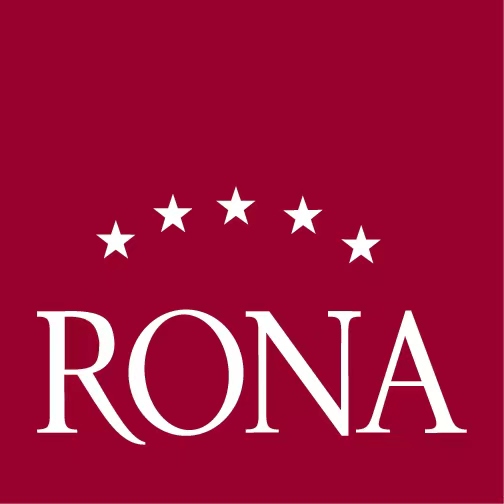Spirits possess multiple attributes in China – consumption, investment, culture, etc. To understand consumer purchases of spirits as consumer goods is to some extent restrictive. A perspective from the secondary market allows us to see more.
Looking back at the ups and downs of the new wine track over the past two years, one can't help but wonder: how challenging it is to innovate in the wine market.
Is it possible to solve the problem of large enterprises with their hands tied and small enterprises with aftereffect inadequacy?
Modern Youth: Early Maturity on One Side and Delayed on Another
How to allow consumers from different cultural backgrounds to appreciate the inner qualities of spirits by leveraging flavors?
Climate change, technological advances and consumer behaviour will all have an impact on the wine and spirits industry. What innovative trends are emerging in the global wine and spirits industry in response to the latest changes?
The Revival of Chinese Local Wine Varieties (Speaker: Alessio Zhou, Representative, Puchang Vineyard)
Breed Cultivation and Product Innovation - the Secret of Grace Wine's Constant Innovation (Speaker: Judy Chan, CEO, Grace Wine Holdings Ltd)
The Innovation in Branding of Chinese Whisky (Speaker: Chichi, Brand Ambassador, Brand Education and Advocation, Laizhou Distillery)
E-commerce, social media, contextual consumption, and the rise of a younger generation of drinkers have all redefined how wine is distributed, led to a fragmentation of channels, and required products to be updated and iterated more quickly to meet current market demands.
FBIF2023 YoungCohol Exclusive Glass Sponsor

The global beverage alcohol industry is facing a new set of challenges as inflation and the rising costs of living put further pressure on the on-trade and consumer spending, leading to downtrading in many parts of the drinks market. However, certain categories continue to premiumise and appear relatively insulated from economic stresses. Our presentation will look at the complex dynamics at work, the impact on consumer attitude and behavior, and the performance and outlook for the global beverage alcohol market.
1. Why do we drink? Explore what the essence of drinking alcohol is in the end.
See through the appearance to perceive the essence, what is the underlying logic of drinking? What is the core purpose of drinking? What is the deeper reason behind Alco-pop drinking?
2. Say goodbye to path dependence and explore the innovative path of wine drinking with Chinese characteristics.
Compared with traditional consumer goods, alcohol has significant social attributes: compared with traditional consumer goods with more individual decision-making attributes, alcohol has more group decision-making attributes in the consumption scene.
How to seize the core nodes in the social network to occupy the minds of users and build an alcoholic beverage brand?
In an increasingly competitive market, how do drinks brands connect and align with their ideal consumers, and remain relevant to the next generation of discerning drinkers?
In this session we will discuss the importance of brands clearly defining an authentic purpose and the way to truly connect with consumers is to share the same values. How packaging can play a vital recruitment role by reflecting those values. And yet, how even the best packaging is only one piece of the puzzle, and it takes consistency across every consumer encounter and experience of the brand to build long-lasting relationships.
We will then explore how this belief has enabled us to help brands:
-Reignite a stuttering category
-Attract the next generation
-Become a proud icon of their community
-Premiumise their portolio
In recent years, Carlsberg has introduced a great number of new products in China, including Wind Flower Snow Moon with a typical Chinese style, Grimbergen Belgian Pale Ale, Brooklyn Defender IPA, etc.
It is Carlsberg's localized insights and globalized technical support behind these innovations. How do Carlsberg's global and local R&D teams work together?
Tian, the talkative founder of Beer Matters, is here with the beer version of ChatGPT!
1. Who is more talkative, Tian or the beer version of ChatGPT?
2. What effect will AI have on craft beer innovation?
High and low alcoholic beverages are always in the spotlight in China's alcoholic beverages market, with medium alcoholic beverages like yellow wine appearing unpopular. But in fact, yellow wine was once a well-liked upper-class consumer product.
Sake, which is also a grain-based liquor, has also gone through a slump, but it currently begins to grow quickly internationally.
By reviewing the development of sake, what are the future options for our traditional medium alcoholic beverages?
The new alcoholic beverage industry is growing rapidly, and Meimi has become the first billion-dollar brand in the new alcoholic beverage industry.
Looking back at MeiJian's history, the product and the marketing strategy may not be the main causes of MeiJian's success. Perhaps there is only one reason for its success: doing the right thing repeatedly.

